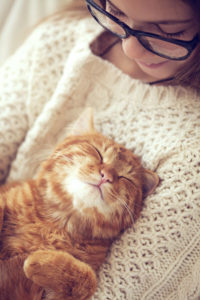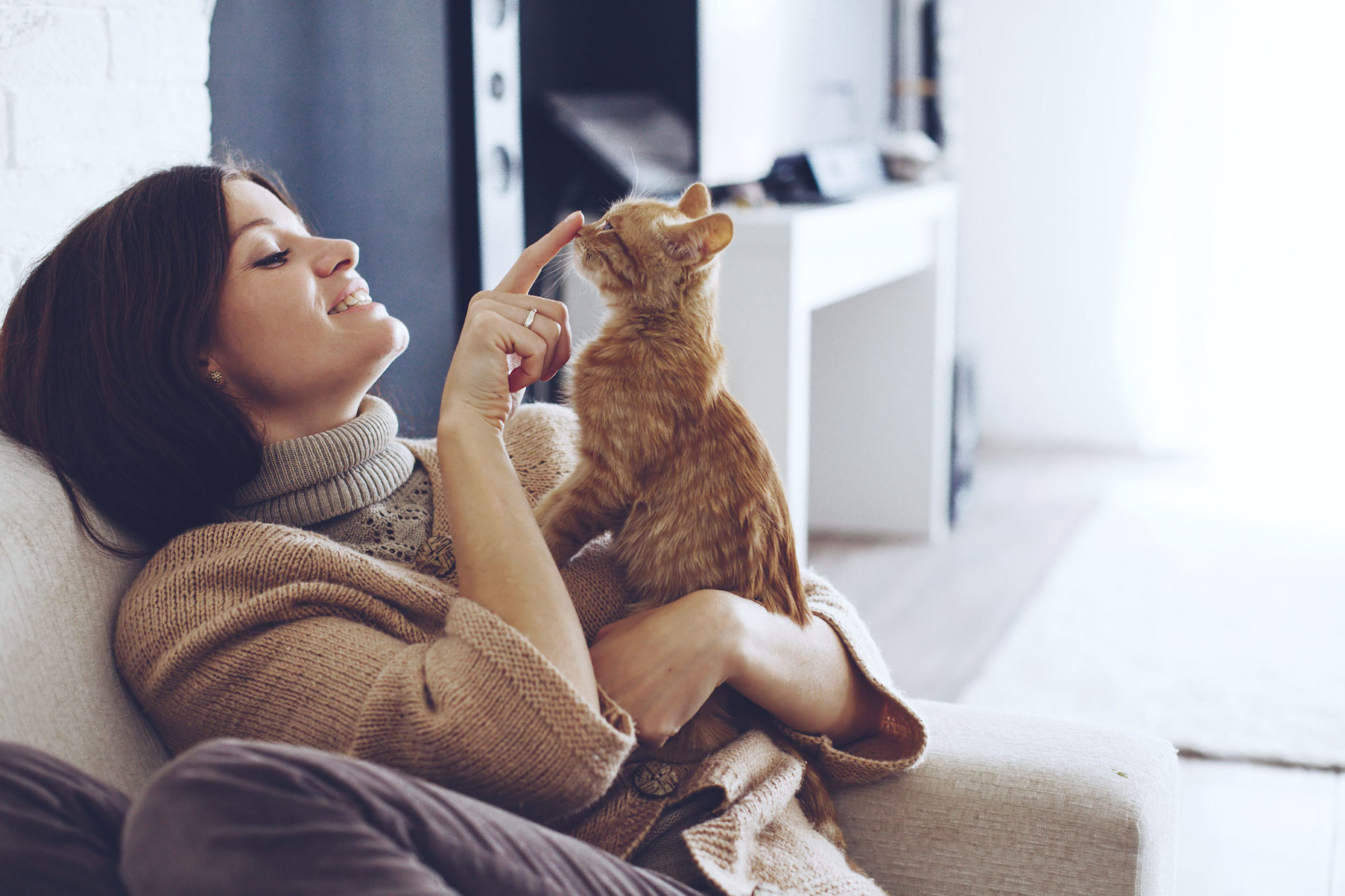How to speak cat
As devoted cat parents, or underpaid domestic staff, we all want to do our best to make sure our feline charges are happy campers.
But in order to do that well, we need to understand what our cat is trying to say. Cat talk and cats’ non-verbal messages are sometimes puzzling for us mere humans. Cats speak using complex combinations of sign language, vocalisation and scent cues.
We’ll look at a few of the cat language basics to try and help us all understand what our cat is trying to say to us. You never know, one day you might even find yourself talking cat and answering back, as opposed to having the repetitive, one-sided conversations you probably have now.
Your cat’s body posture indicates everything from confidence to fear or submission. To understand the full message and to become proficient in talking cat, this body talk must be read in conjunction with what the eyes, ears, tail, fur, and vocalisations are saying.
Keep an eye on the ears
Cats also express emotion and intent, with their ears. Forward-facing ears indicate they’re alert, interested or happy. Backward, sideways or flat ears and your cat is irritable, angry or frightened. If the ears are swivelling, then your cat is attentive or cautious. Generally speaking, the more a cat’s ears swivel sideways and backwards, the greater the cat’s arousal or distress. Backward ears and a hiss or swipe are a sure sign your cat feels threatened or doesn’t like what you’re doing.
Cats’ Eyes
Cats communicate with their eyelids – how open or closed they are – as well as with the dilation of the iris. Wide-open eyes show trust while eyes narrowed to a slit can signal fear, aggression or happy contentment. Pupils that are fully dilated mean your cat is either very defensive or possibly playful. Basically, a sudden dilation of the iris can be due to fear, interest, or any other strong emotion.
Slow blinking is a sign of relaxation and willingness of your cat to interact with us humans. Try a slow blink and see if your cat blinks back. That’s a “cat kiss”. But staring without blinking is a sign of dominance or aggression.
Watch The Tail
Cats’ tails signal interest, affection, arousal, insecurity or agitation. Cats hold their tails up when they want to be approached, it is a sign that interaction is welcome. However, if the fur on the tail bristles, it shows defensiveness. When their tail is held high and bristled, your cat is ready to fight.
A flailing or thumping tail is usually a signal to keep your distance. The faster the thrashing, the angrier the cat. If their tail is held very low or tucked between the legs, this shows insecurity or anxiety. A tail that’s swishing back and forth could be a sign of play or that your cat is frustrated.
Cat Fur
Cats’ fur is raised when they are scared or aggressive. A suddenly fluffed coat, including a “bottle brush” tail, suggests it’s probably best to back off and come back and see your cat later.
Cat Bunting
Bunting is when your cat rubs their cheeks on you or head-butts you. It’s a way for your cat to leave their scent, marking their territory. Cats do this when they love something or someone. Cats are selfish about their territory, and the scents they leave behind are clearly designed to send the message that “this territory is mine”.
Happy Cats
A relaxed and happy cat would have ears point slightly forward, eyes relaxed, and whiskers also pointed forward. Indicators that your cat is up for interacting with people include slow blinking, purring, facial rubbing, head bunting and attempts to climb into a person’s lap or push their body into the hand of someone who is not interacting with them. A fully relaxed cat will roll onto their side to expose the belly.

For all the ways cats can communicate with us, cats can be very good at hiding illness and pain. At a quality cattery like ours, all our staff are good at talking cat and are well-trained in how to recognise the signs and symptoms of pain and disease. If your cat gets uncomfortable or unwell while staying with us, you can rest assured that your cat will receive prompt veterinary treatment should they need it.
Our cat hotel is a semi-communal, large airy space where cats feel safe and comfortable – lots of climbing space, baskets, sheepskins and toys. A large indoor area provides lots of places for your cat to explore or to find a quiet corner to relax.
If you’re looking for a comfortable, safe and secure environment for your cat where you know your cat will be well looked after, call 09 299 7415 to ask about the benefits of a cattery. Inspections are welcome between 10.00am and 4.00pm each day.
